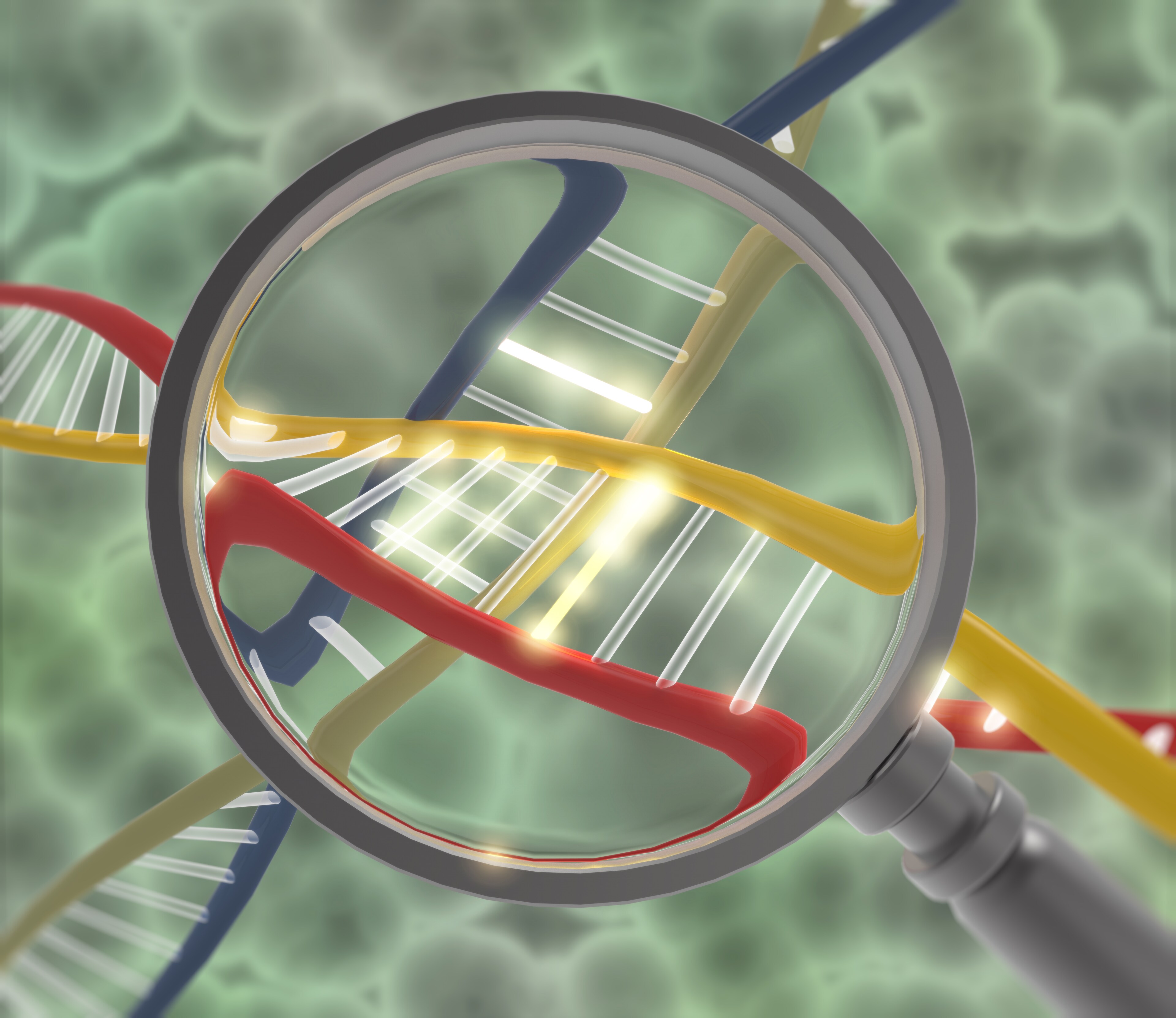 When mutations disable DNA control and repair mechanisms until cells proliferate unnaturally, the result is cancer. The most common mutations in the popular imagination are point mutations, but research of chromosomal abnormalities might be even more important. These mutations involve substantial changes to the size or structure of chromosomes, which have profound effects on cellular function and can do far more damage than most point mutations ever could.
When mutations disable DNA control and repair mechanisms until cells proliferate unnaturally, the result is cancer. The most common mutations in the popular imagination are point mutations, but research of chromosomal abnormalities might be even more important. These mutations involve substantial changes to the size or structure of chromosomes, which have profound effects on cellular function and can do far more damage than most point mutations ever could.
For research use only. Not for use in diagnostic procedures.
Chromosomal abnormalities take many forms. Most chromosomal abnormalities involve copy number variations (CNVs), in which when an unusual number of copies of a particular gene are present in a cell. Sometimes, this follows from simple deletions or duplications of chromosomal segments. In other cases, a damaged gene is replaced by its partner in the matching chromosome, which leads to loss of heterozygosity (LOH) and the potential activation of a recessive or otherwise suppressed gene. In extreme cases, entire chromosomes disappear and/or are duplicated. CNVs lead to over- or under-expression of specific genes, which can increase growth or disable checks and restraints on cell reproduction with far-reaching consequences.
When chromosomes are damaged, repair mechanisms can reassemble them, but errors in this process can introduce whole other classes of mutations. In an inversion, a chromosomal segment is reinserted into the genome in the opposite orientation; in a translocation, it is moved elsewhere in the genome entirely. Some of the most extreme chromosomal abnormalities involve chromothripsis, in which a large segment of a chromosome is “shattered” and badly reassembled all at once, resulting in hundreds of essentially simultaneous and closely spaced deletions, duplications and inversions.
Tumor cells have long been observed to feature heavily mutated genomes. Upwards of 90% of solid tumors include aneuploid cells, which have an abnormal number of chromosomes,1 and other chromosomal rearrangements are frequently observed in cancer. What has not been clear until recently is that this fact is clinically significant. Cancer cells often accumulate additional mutations as they proliferate due to the same broken repair mechanisms that made them cancerous in the first place, yet many of these are “passenger” mutations that do not seem to affect the cancer’s behavior. Data are now accumulating that CNVs in solid tumors can have potential diagnostic, prognostic, predictive and even therapeutic significance. Copy number alterations affect a larger percentage of the genome than any other mutations and are extraordinarily common in solid tumors, up to and including whole-genome duplications.2 New data show a relationship between chromosomal mutation load and cancer prognosis.3 Additionally, recent research suggests that cancers can be classified based on their copy number mutation loads, with patterns that transcend the tissue types and organs affected.4 Far from being passengers, these chromosomal rearrangements, duplications and losses help determine the cancer’s future, and with it the patient’s. Indeed, it’s increasingly clear that profiling only non-chromosomal mutations risks missing some of the most important information about how a given cancer works and can be expected to behave.
Collecting accurate and complete research data about CNVs has long been a difficult challenge for genomics technologies, including conventional karyotyping techniques. The repetitive nature of these sequences complicates traditional, primer-based tools, leading to inconsistent data. The OncoScan CNV and CNV Plus Assays are molecular karyotyping tools that are designed with these tricky cases in mind, using innovative molecular inversion probe (MIP) technology to get accurate copy-number, LOH, copy neutral LOH (cnLOH), allelic imbalances and other reads from even the degraded, formalin-fixed paraffin-embedded (FFPE) samples commonly used in oncology research. With these state-of-the-art solutions, the full extent of chromosome damage behind even the most difficult cancers becomes available for researchers to explore, enabling scientists to understand cancer better than ever before. For more information about molecular karyotyping with OncoScan CNV and OncoScan CNV Plus Assays, download our white paper.
For research use only. Not for use in diagnostic procedures.
- Heitzer, E., et al. (2016) “Non-invasive detection of genome-wide somatic copy number alterations by liquid biopsies,” Mol Oncol, 10, pp. 494–502.
- Zack, T.I., et al. (2013) “Pan-cancer patterns of somatic copy number alteration,” Nat Genet, 45, p. 1134.
- Hieronymus, H., et al. (2018) “Tumor copy number alteration burden is a pan-cancer prognostic factor associated with recurrence and death,” eLife 7, p. e37294.
- Ciriello, G., et al. (2013) “Emerging landscape of oncogenic signatures across human cancers,” Nat Genet, 45, p. 1127.
Leave a Reply